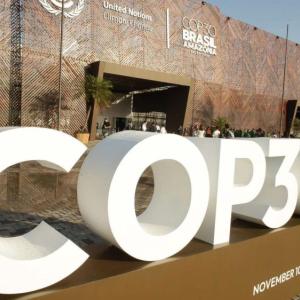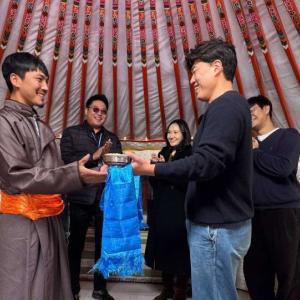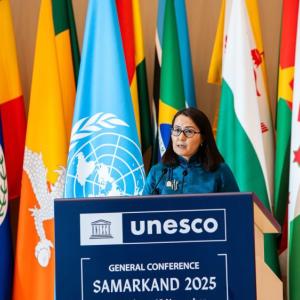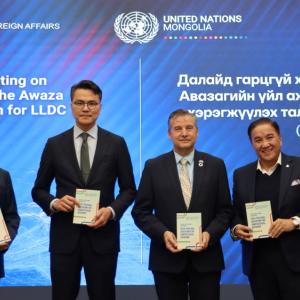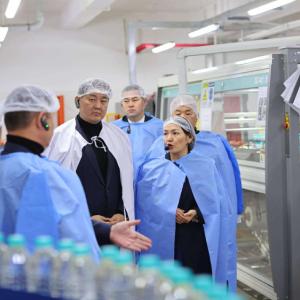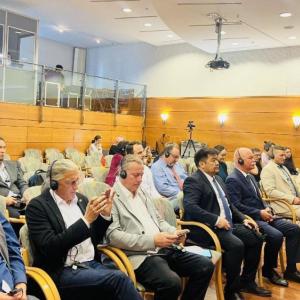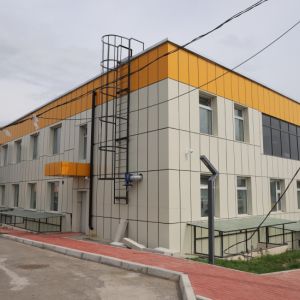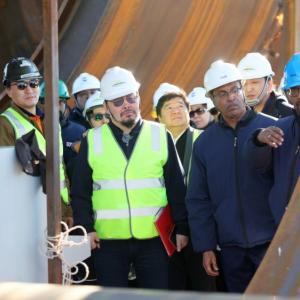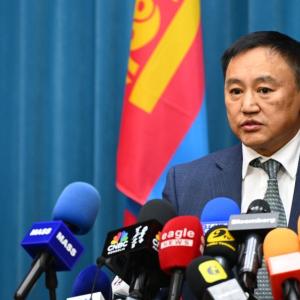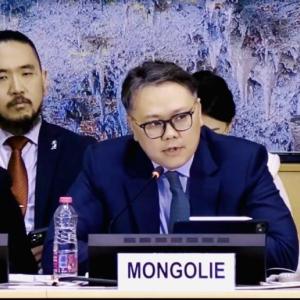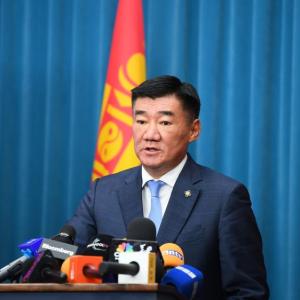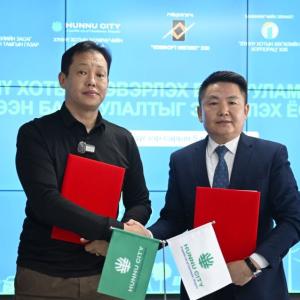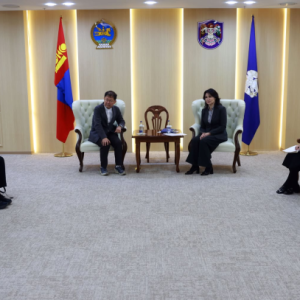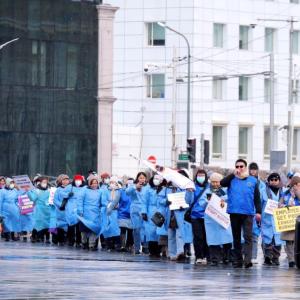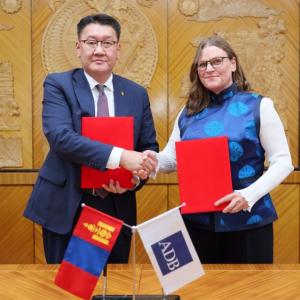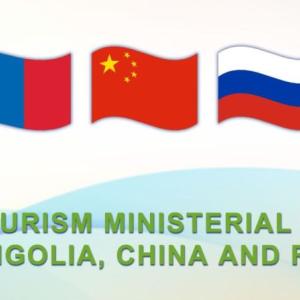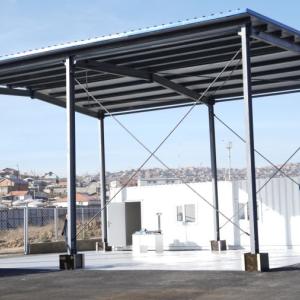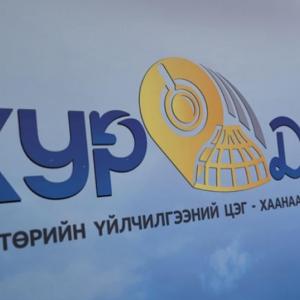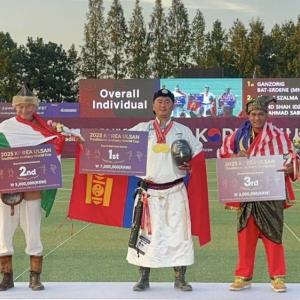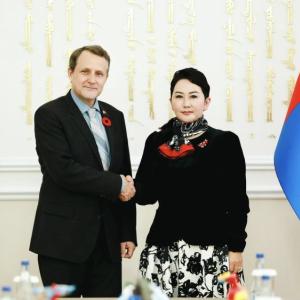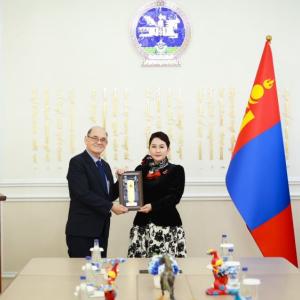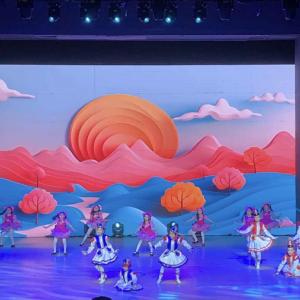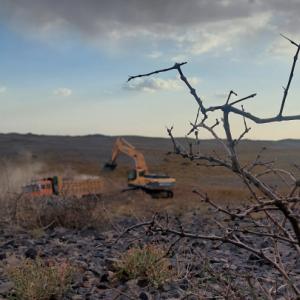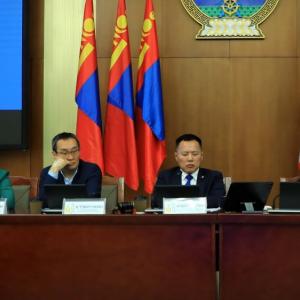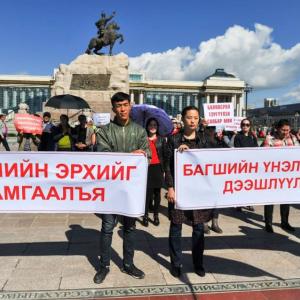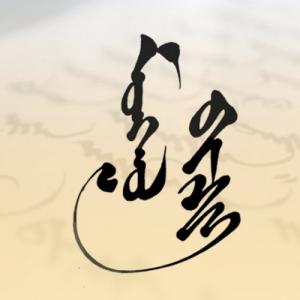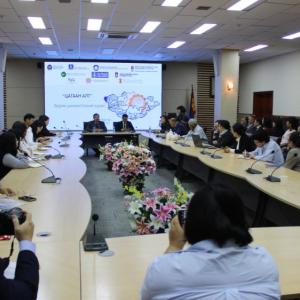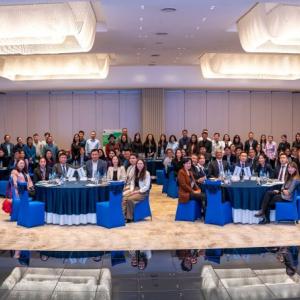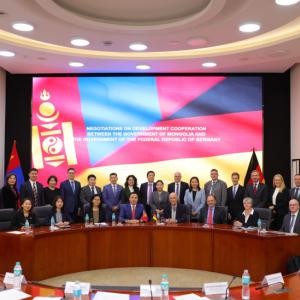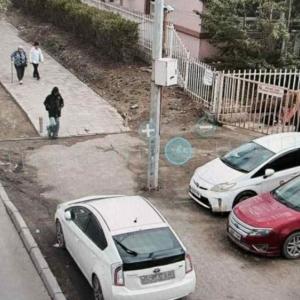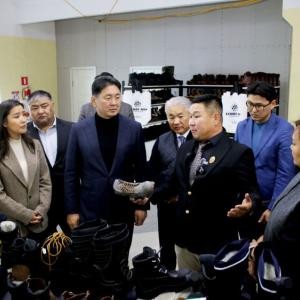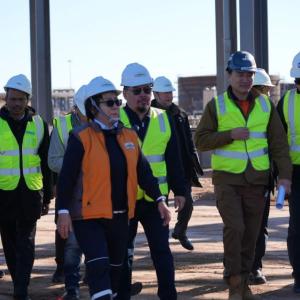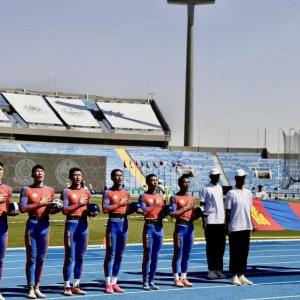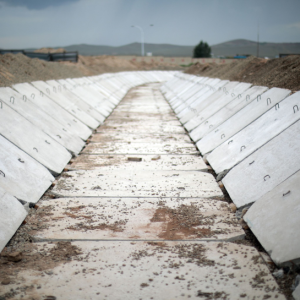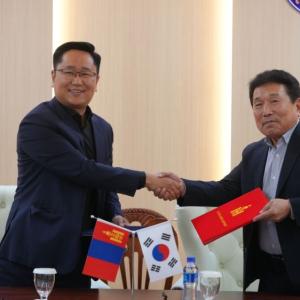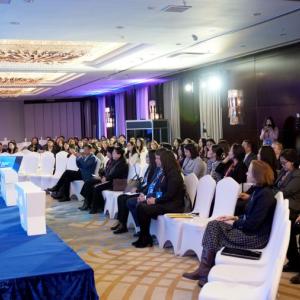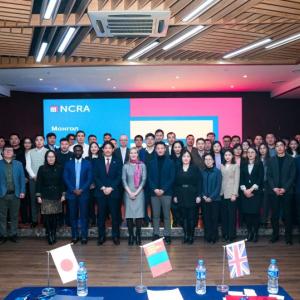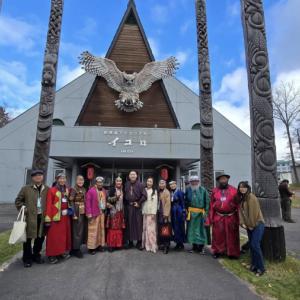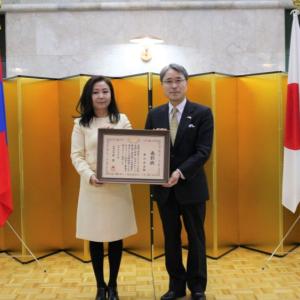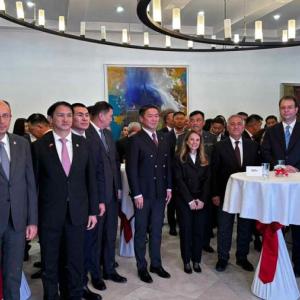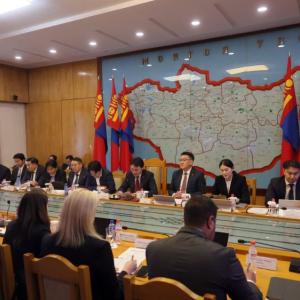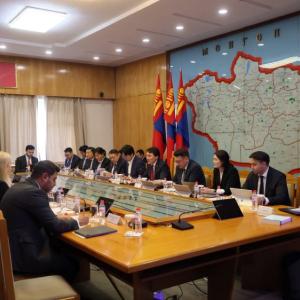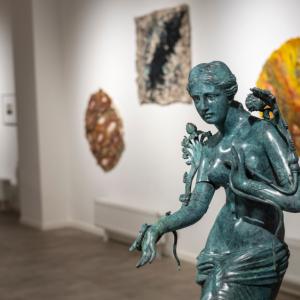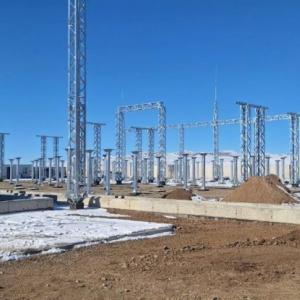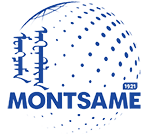MONTSAME names top 10 events in Mongolia for 2015
PoliticsUlaanbaatar /MONTSAME/ The National news agency of Mongolia MONTSAME named Tuesday ten highlight events that took place in Mongolia this year.
1. Mongolia's population reaches three million
On January 28, the population of Mongolia reached three million. A baby girl named Kh.Mongoljin made the nation happy. President of Mongolia Ts.Elbegdorj named her Mongoljin. The same day, 181 babies were born and were granted allowances of Tgs 3 million each. The second millionth citizen was identified in July of 1988.
2. Oyutolgoi to be funded with USD 4.4 billion by 15 banks
On May 19-21 of 2015, the Oyu Tolgoi underground development plan was signed in Dubai during a visit of the Prime Minister of Mongolia Ch.Saikhanbileg. In accordance with the plan, the Mongolian side will benefit from 54.9 percent of the project yields, stated the PM. Subsequently on December 16 of 2015, the Oyu Tolgoi underground development funding agreement was signed in Ulaanbaatar. The USD 4.4 billion financing will be provided by 15 foreign banking and financial organizations. The underground development will launch in the first quarter of 2016 to last for 5-7 years.
3. The 800th birth anniversary of Khubilai Khan marked
Under a government resolution, the 800th birth anniversary of Khubilai Khan, the 5th Khan of Great Mongol Empire and founder of the Yuan Dynasty was marked nationwide to promote and perpetuate his intellectual legacy and his role in history not only for Mongolia, but for the entire world.
A wide range of activities were carried-out in this spirit including the presentation of a historical book 'Khubilai Khan and his successors' and 10 volumes of research works on Khubilai Khan and the Yuan Dynasty, an international forum 'Khubilai Khan and the Yuan Dynasty', as well as festivals and events devoted to the remarkable jubilee.
4. Glass account and new social relation
On January 1, 2015, a glass account law entered into force which was initiated by the President of Mongolia. Under the law, 5000 budget managers and 360 companies with state shares and state-owned enterprises are obliged to enable public access to information via their web pages in order to make sure their activity is transparent.
The autumn session of Parliament also passed a law on joint pensions. Pursuant to the law, widowed pensioners are able to continue receiving a certain amount of the deceased spouse's pension after the latter’s death. Thereby, the law applies to those couples who are married for 15 or more years.
5. OSCE parliamentary Assembly session convenes in Mongolia
On September 15-18, Mongolia was the venue for the autumn session of the OSCE Parliamentary Assembly.
The session brought together over 300 delegates from 47 states and 19 representatives of 13 different international organizations. The fall session of the OSCE Parliamentary Assembly was devoted to the theme 'Addressing security challenges in the OSCE region and beyond: the role of parliamentarians in fostering regional co-operation.'
6. Mongolian soldiers march in Moscow and Beijing
In May, 75 Mongolian soldiers marched in Victory Day Parades on Red Square in Moscow for the first time in the history of the Mongolian Armed Forces. The massive international parade was staged on the occasion of the 70th anniversary of victory in World War II.
Following this event, Mongolian soldiers also marched on Tiananmen Square in Beijing on the occasion of the 70 anniversary of victory in the Liberation War. This is the first time in the history Mongolia's Armed Forces where Mongolian soldiers took part massive international events.
7. The state pardons citizens and entities
On the occasion of the 25th anniversary of Democratic Revolution, Mongolia's Parliament passed an amnesty law.
The Supreme Court reports that 1930 prisoners benefitted from the law. Moreover, those who were deprived of driving rights also re-gained their rights.
On August 7, Parliament passed a law on economic transparency which provides a tax pardon to those with hidden income and property. Thereby, the law promises freeing any criminal or legal responsibility to those entities and individuals. A law with similar regulation was first adopted in 2007 from which a total of Tgs 4.5 trillion worth of income and property was disclosed. The Government expects the same outcome from the law in force.
8. Burkhan Khaldun Mountain and Coaxing Ritual for Baby Camels recorded by UNESCO
The 'Coaxing Ritual for Baby Camels' which is one of the complex rituals in Mongolia for tending livestock, has been registered in the UNESCO List of Heritage of Intangible Cultural Pieces in Need of Urgent Safeguarding.
The decision was made at the 10th session of the Intergovernmental Committee for the Safeguarding of the Intangible Cultural Heritage which is running in Windhoek city of Namibia. This is the 13th intangible cultural piece of Mongolia inscribed as such.
Mongol herders perform the coaxing ritual to encourage a female camel to accept a new-born calf or to adopt an orphan. The mother is tied close to the calf and a singer begins a monotone song accompanied by gestures and chanting. The coaxer changes the melody depending on the mother’s behavior, which may be initially aggressive, and slowly coaxes her into accepting the calf. Performance of the ritual takes place at dusk or twilight and requires great skill in handling camels, as well as a talent for singing and musical skill on the horse head fiddle or flute.
While participating in the 2015 UN Climate Change Conference in Paris, the President of Mongolia received a certificate on registering the Great Burkhan Khaldun Mountain and its surrounding sacred landscape in the World Heritage List from Irina Bokova, Director-General of UNESCO.
9. State Honored Artist G.Ariunbaatar wins International Tchaikovsky Competition
G.Ariunbaatar, State Honored Artist of Mongolia won the 15th International Tchaikovsky Competition which is acknowledged as the Olympics of World Classics.
Mongolia was represented by 5 opera singers at the competition among whom G.Ariunbaatar was distinguished to win the Grand Prix. Over 500 gifted opera singers from 39 countries took part in the competition.
10. National production and creation
In August, the Monpolymet group set the Moncement cement plant into operation with an annual capacity to produce one million tons of cement with dry technology. Mongolia consumes some two million tons of cement a year. A total of USD 45 million in financing was allocated from the Chingis bond funds for the project.
On October 13, an investment agreement was signed between the Government of Mongolia, the MAK Company and the Eredens Tsagaan Suvarga Company. The agreement was the first of its kind to be concluded within the investment law that entered into force in 2013. The Tsagaan Suvarga plant has an annual capacity to process 14.6 million tons of ore and produce 310 thousand tons of copper concentrate and 4000 tons of molybdenum concentrate. The same day, an investment agreement was signed for the Khuklh Tsav cement –lime project.
In 2015, Mongolia commissioned over 1000 km of roads in with investment of the Development Bank of Mongolia. The most significant is considered Khalzanburgedei-Solongot, a 100 km road as it is the shortest way to link Ulaanbaatar to western aimags.
 Ulaanbaatar
Ulaanbaatar





